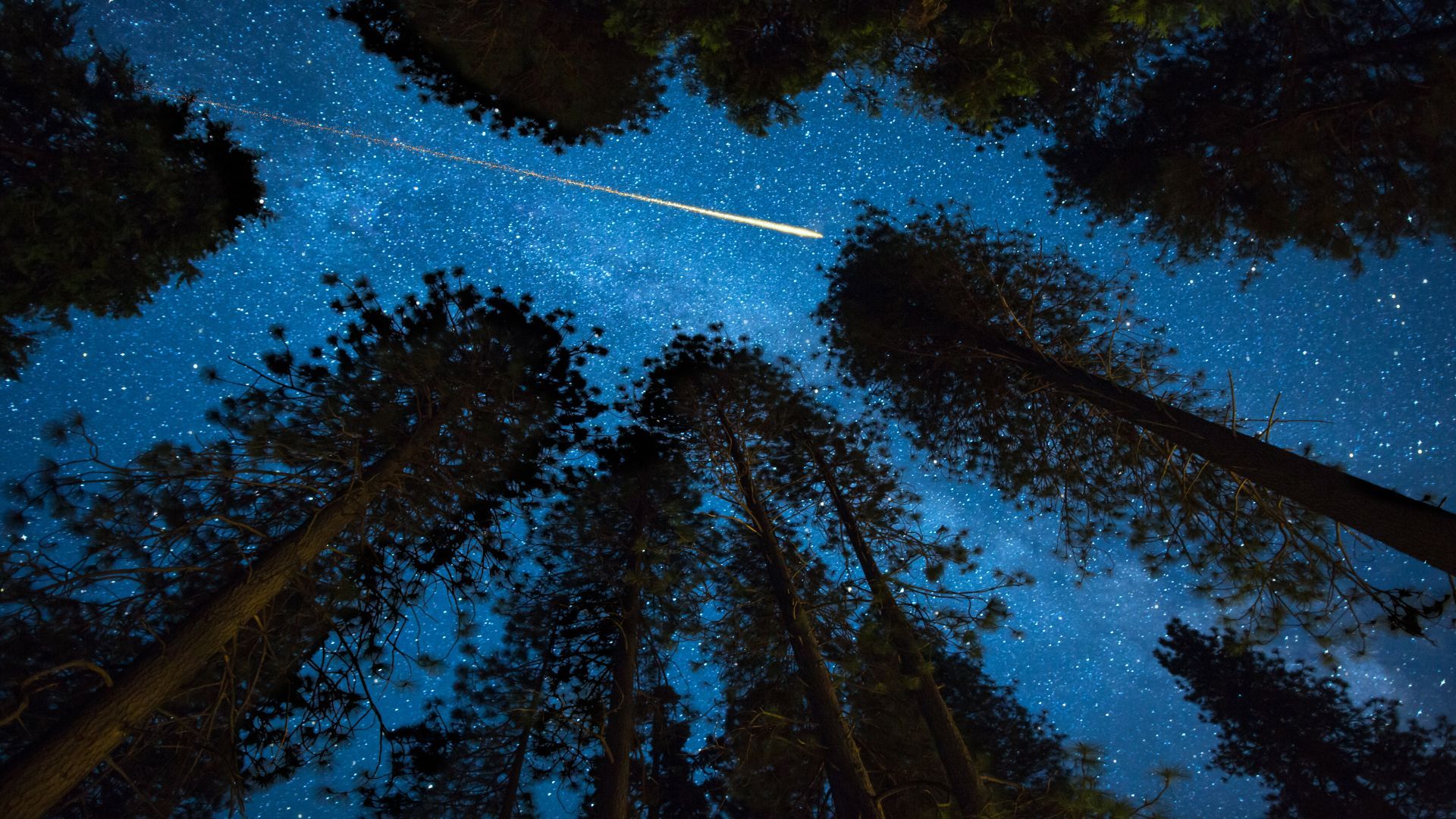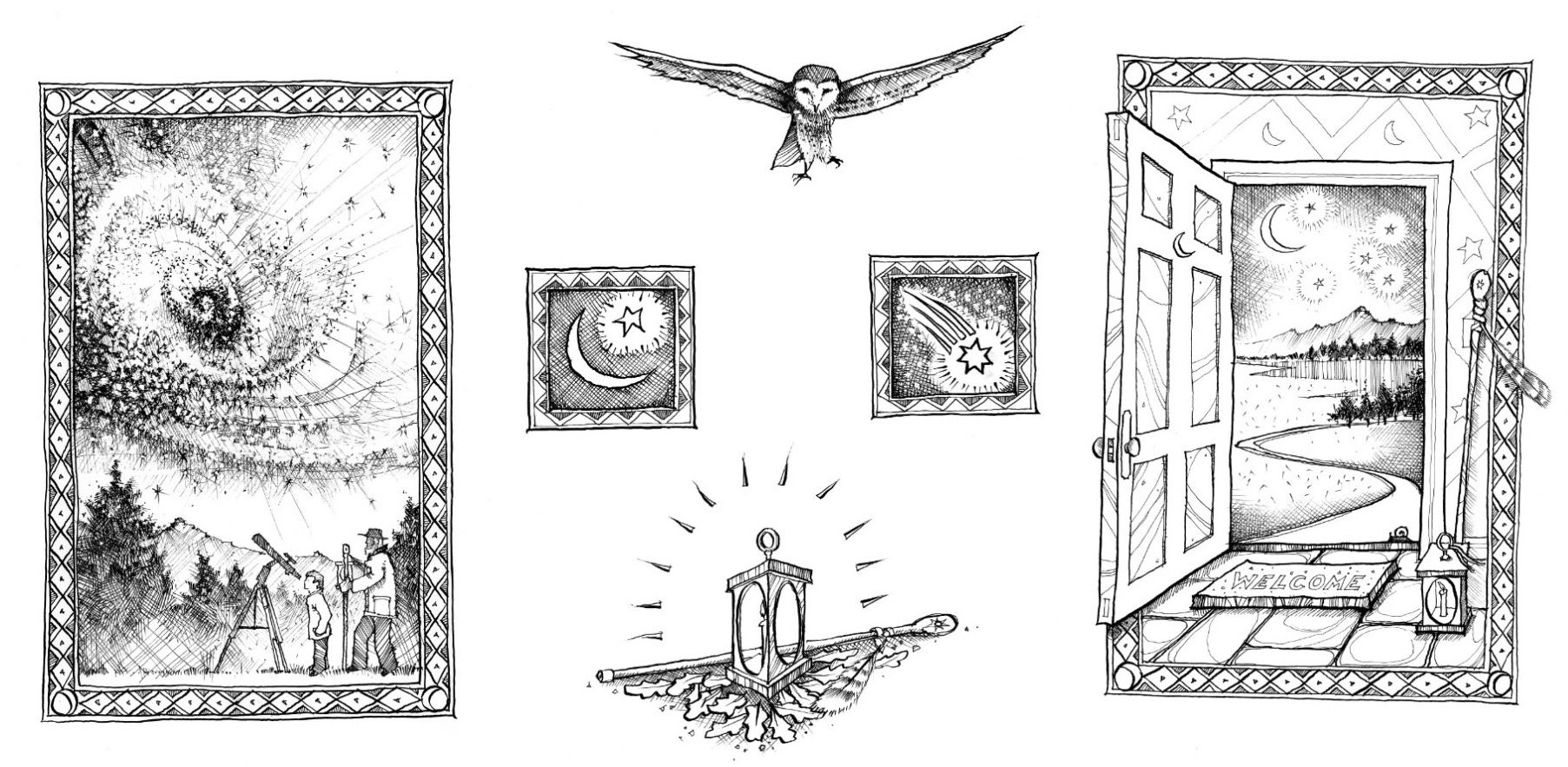
In 1880, the home of Joseph Swan in Gateshead, England became the first in the world to have electric lighting installed. “In so many ways the opportunity for continuous light was a boon for humanity, its advantages obvious to all,” writes outdoor expert Chris Salisbury, in his new book Wild Nights Out. “What is rarely considered, however, is the loss of something very precious. On that night, in the compulsively expanding growth-culture of the newly industrialised human world, the darkness was symbolically banished and we became exiled from its mystery, enchantment and psychic grasp.”
Wild Nights Out is an exploration of society’s lost relationship with nocturnal nature. It’s also a handbook jam-packed full of creative hints and tips for exploring nature at night, drawn from Salisbury’s 25 years of outdoor education and experience leading groups on night walks.
There is this enlightening effect on your physiology in any wild place. You become very alive and alert, and at night, that’s ramped up to a whole 'nother level.
“We’re part of only one or two generations who have not had the context of the natural world as part of everyday life,” Chris tells Much Better Adventures. “It’s very symbolic of a wider trend of disconnect. We’ve become habituated to staying in, because it’s warm and light, and there are obviously good reasons for that - but we’ve lost something. We’re impoverished because of it.”
Here, Chris talks us through how to reconnect with the dark - from stargazing tips to nocturnal-wildlife spotting and how to switch our senses into night mode.
1. Afraid of the Dark? Familiarity Beats Fear
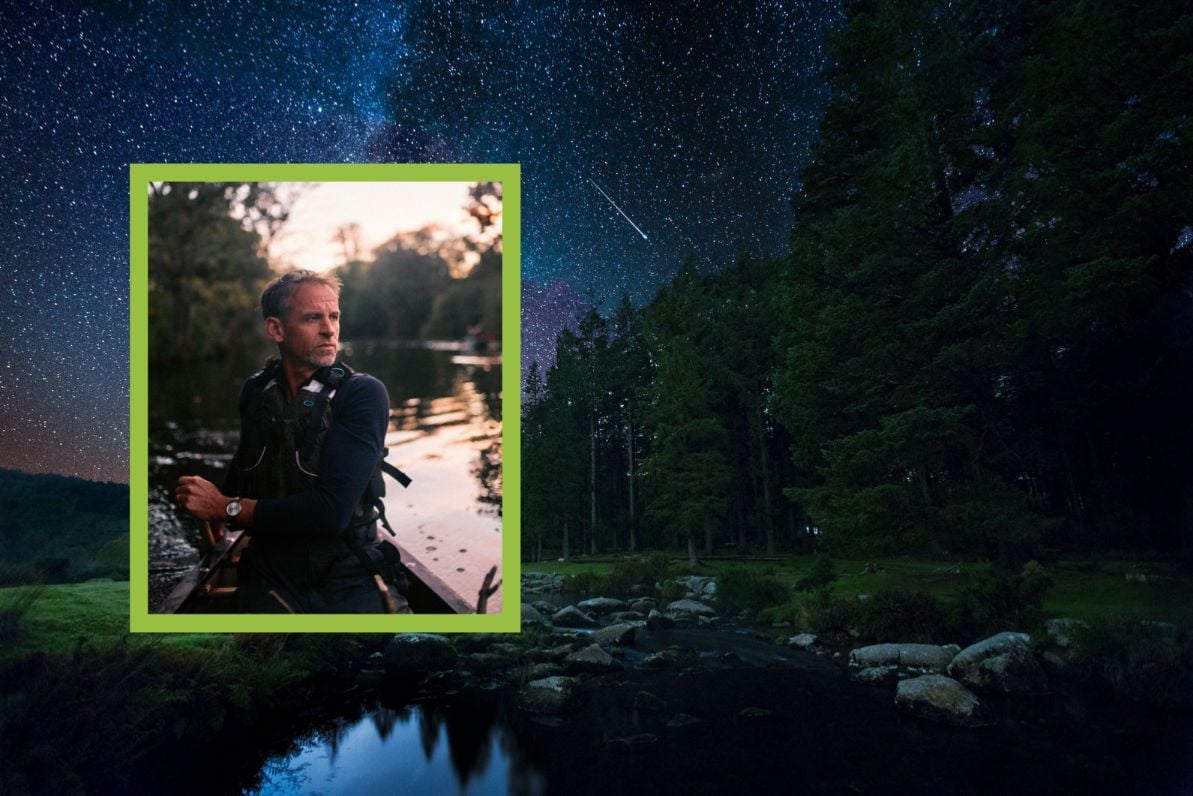
“It’s entirely natural, that fear of the night,” Chris says. “We're biologically hardwired to have a high degree of respect for things that may genuinely leap out at night and eat you, and I think we’ve carried that in our cellular memory. A sight-dominated species are clearly more compromised at night - and we don’t have the smell or sense of sight that other creatures do. So, it’s normal."
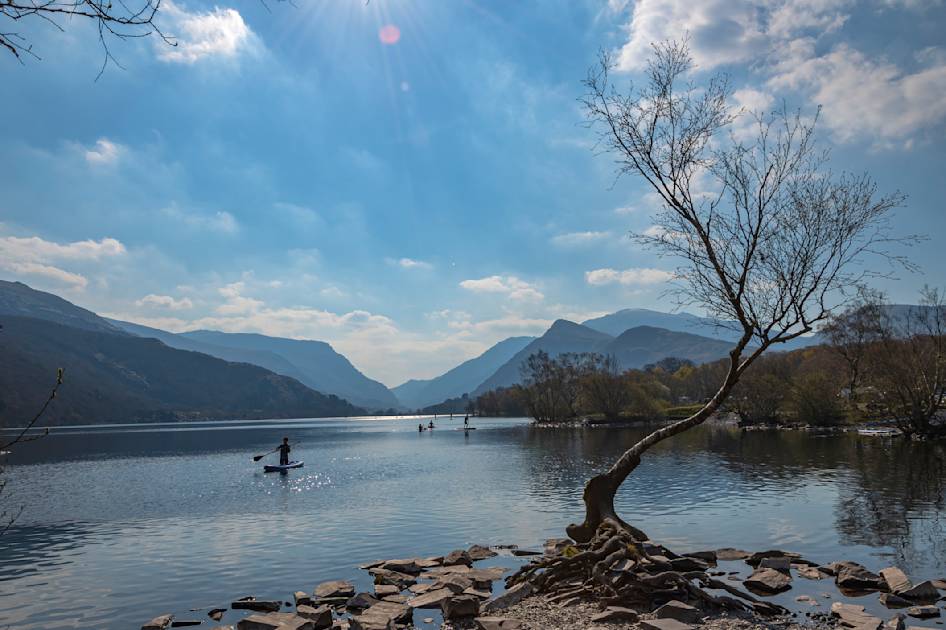
Salisbury recalls how as a child, it was the imagined realms that he feared, more than any present danger. “It wasn’t an informed terror, but more those stories about what might be there,” he says. “Then about 10 or 11, me and a friend would go on these little midnight watches in the woods, without much guidance or prompt - and those were terribly exciting events. There is this enlightening effect on your physiology in any wild place. You become very alive and alert, and at night, that’s ramped up to a whole 'nother level. We were thoroughly allured by that sense of mystery that the nighttime, in the forest particularly, affords.
“It wasn’t really until I started working for the Devon Wildlife Trust that I gained a more informed literacy of nocturnal nature and finally dispelled that natural fear of the dark, just because I was in it so much. And you know, benign old Britain doesn't have things that leap out and get you. So naturally, it's more the human threat, of course that people do worry about now.”
2. Give Your Senses the Chance to Adjust
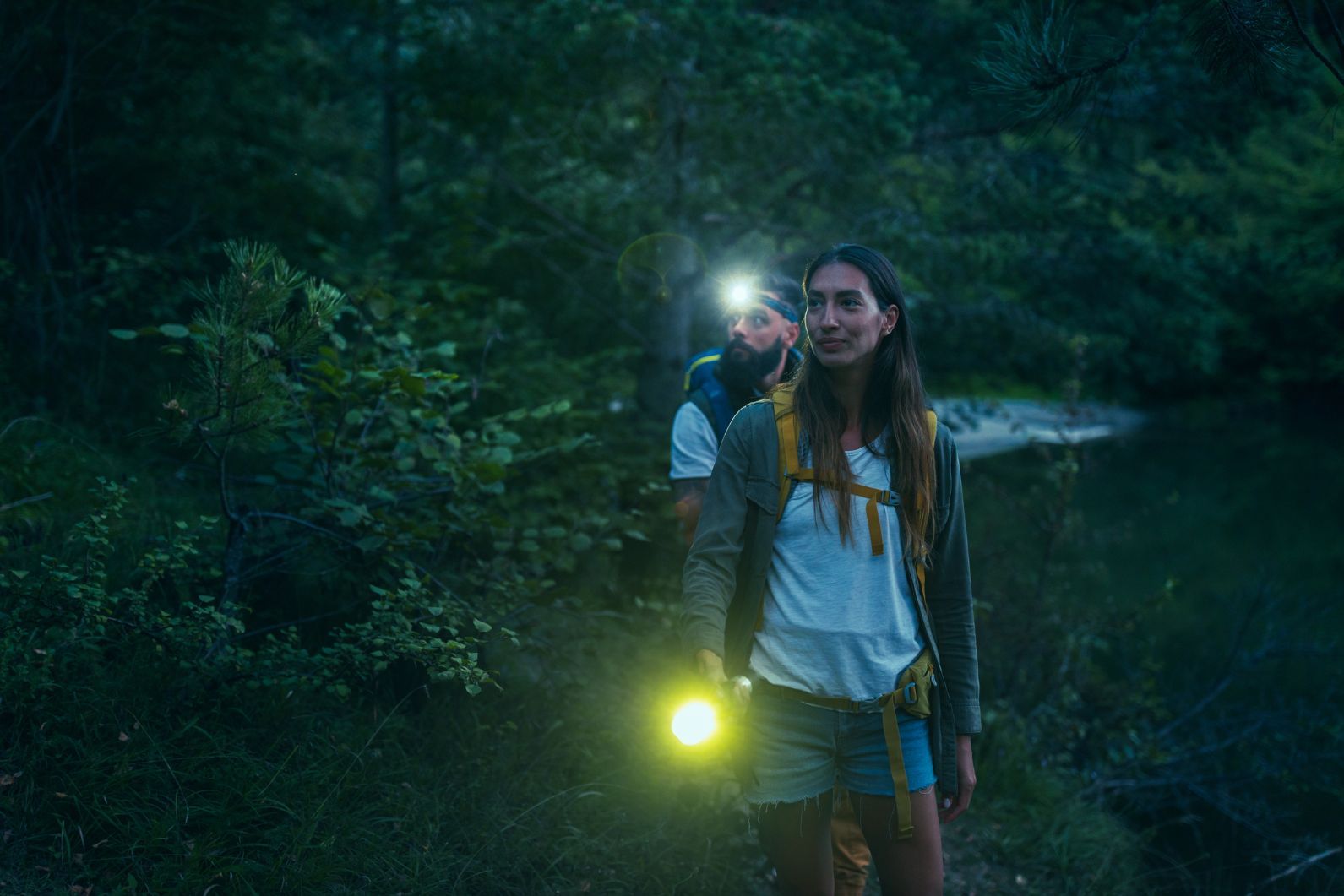
Our fear of the dark may be natural, but humans are better designed to survive in the night than we think. “I think we underestimate our capacities," Chris says. "We're perfectly designed to live in the world's wild places really, and we've been doing that for 99.9% of human history. Nature has a very good design sense, and we've got an awful lot in our senses already that can reach further if we indulge them a little bit.”
We may not have the hearing of a fox or a dear, “but with a little bit of focused listening, and by cupping our hands behind our ears and closing our eyes, that enables us to reach much further and hear the wildlife that we cannot see. You instantly can hear any constant noise around you.”
If you're not there at night, and not watching the whole costume change that the night brings, you’re only having half the experience.
Even our eyes can adjust well to the dark, if we give them the time.
“If we're out for long enough - 30-40 minutes usually allows our night vision to acclimatise - then we can see surprisingly well in the dark. Not as well as the owls flying through the trees, but much better than we think.
“We've also got our intuition - some people call it a sort of sixth sense. If we’re tuned in, we can sense creatures before we hear or see them. One of my teachers was Ray Mears, and many, many years ago he used to describe how when a fox had eyes on him, he would always know. That would have been a very useful biological aspect to have if there was a lurking threat.”
3. Tips for Nocturnal Wildlife Spotting
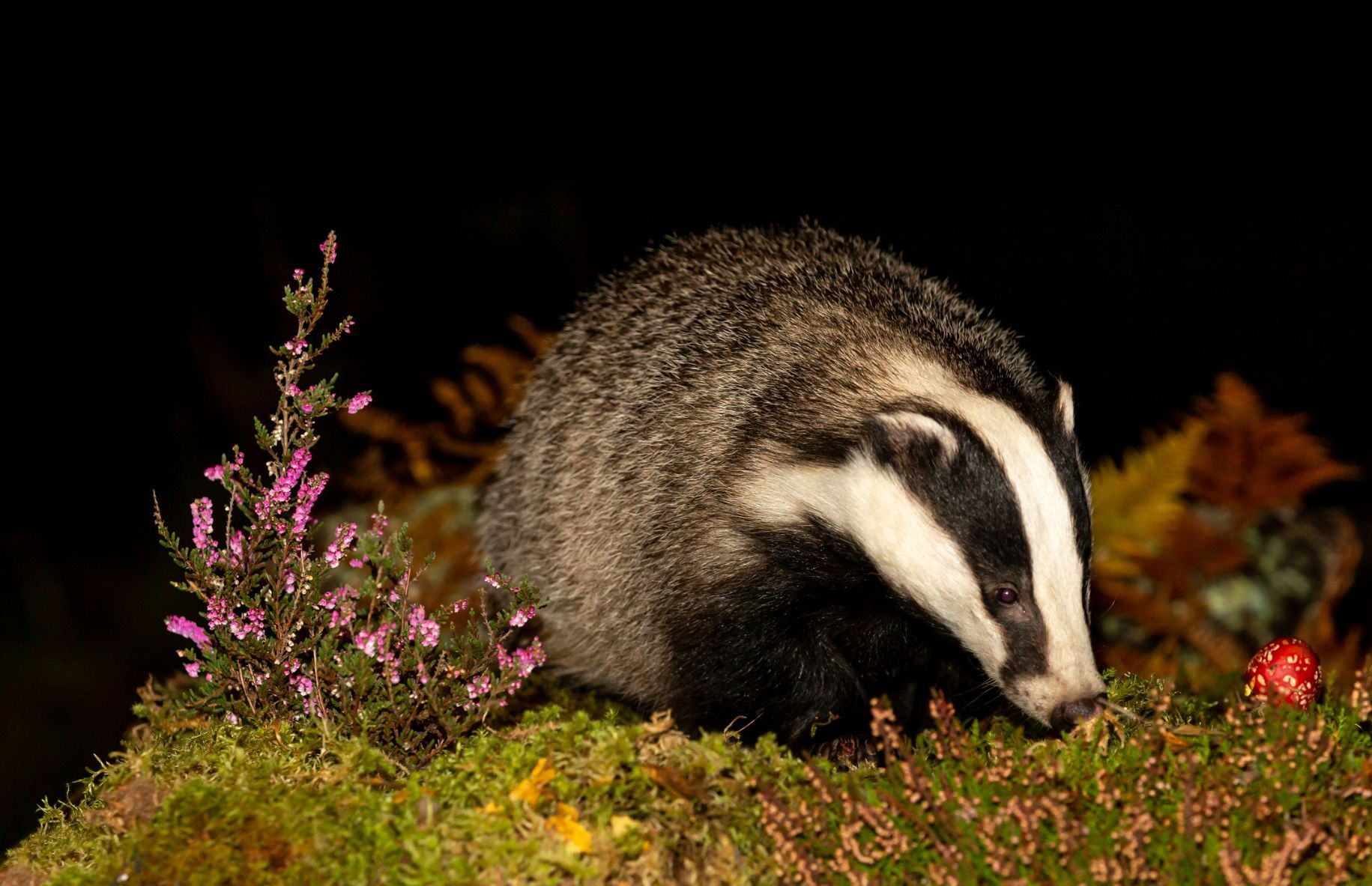
An indulgence of blue-chip nature documentaries can make the wildlife in your back garden seem a little less exciting. But, Chris writes: “the thrill of seeing real, wild animals, especially in the rarefied conditions of the night, is consistently a peak experience.” In other words, there’s nothing quite like seeing the real thing.
“I've experienced the thrill of seeing wildlife and wild animals so many times," says Chris. "And when we're watching Daubenton's bats skim over the surface and picking them out in torch light, there is high drama there. The wow factor is there, and it’s there in calling or seeing a Tawny Owl. You might hear them in the distance but they're rarely seen. This proximity to British wildlife never fails to thrill or impress.”
The more you know, the more likely you are to catch a glimpse.
“Obviously it's seasonal, but you can rely on the bats to show up if you know where to go,” Chris says. “They're not too phased by the presence of people. Tawny Owls, at certain times of year, are very active and stimulated by an owl call, and badger watching - once you know the spot, you can sit quite comfortably and expect to see badgers at certain times of year. We've got these wonderful characters showing up for us at night."
4. Choose Your Night Right for Stargazing
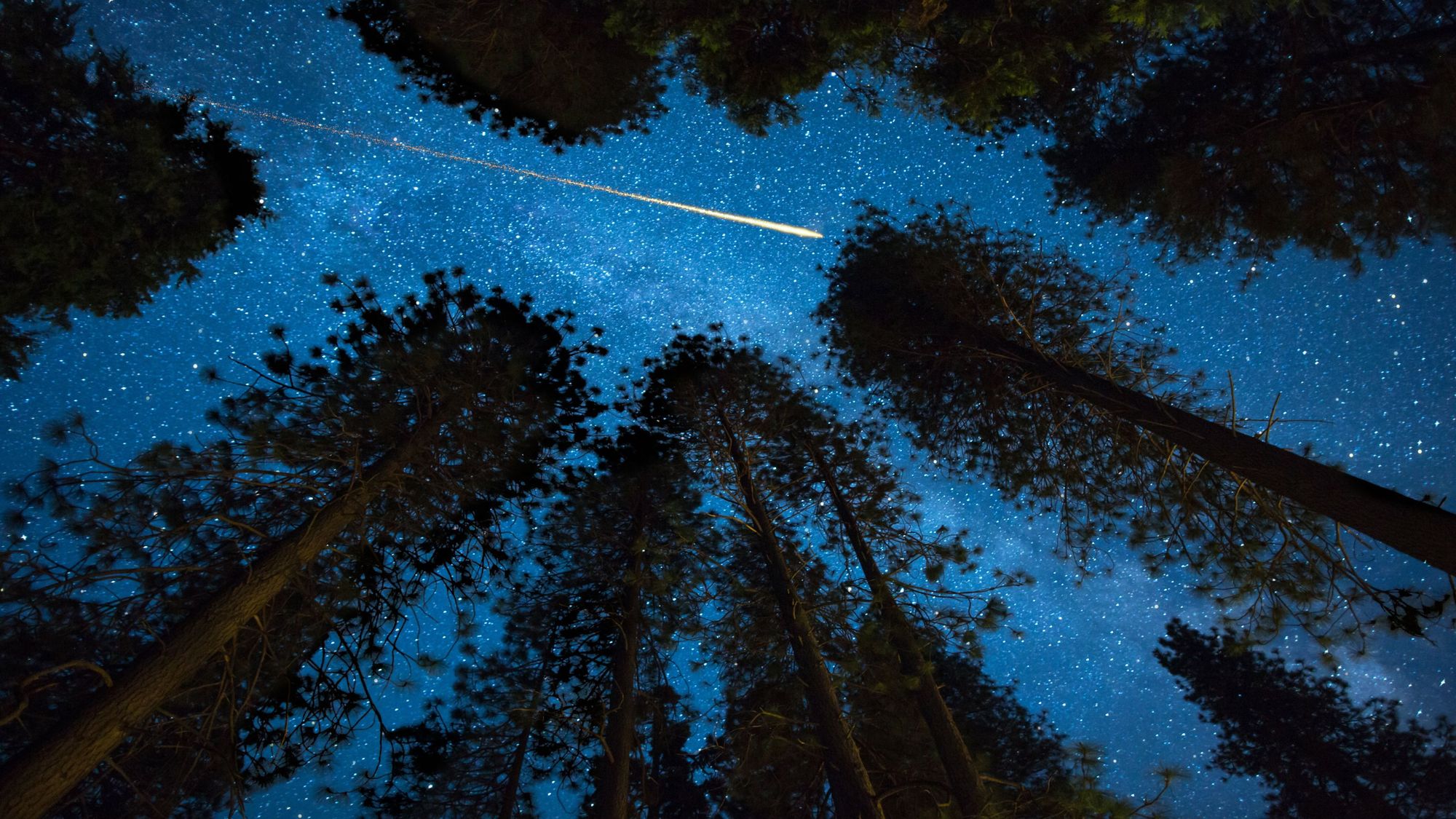
The European Space Agency estimates that there are around 100 thousand million stars in the Milky Way alone, but if you live in a city, you'll be lucky to see even a few of them. That’s why seeing a proper starry sky for the first time can be such an astonishing sight. “There’s no question,” Chris says. “It is one of the most enchanting experiences of a lifetime. If you get the recipe right, in terms of a dark sky, on perhaps a moonless night, it is breathtaking.”
Timing your trip right, and keeping an eye out for cosmic events, can be a good excuse for a nocturnal outing. Chris recommends: “simple moon rises or planetary appearances, or the odd phenomena, like a comet, a fireball meteor or something like a shooting star that’s bigger and last longer. These are all breathtaking moments and we are missing out on them because we're either not venturing out at night, or because there's light pollution everywhere.
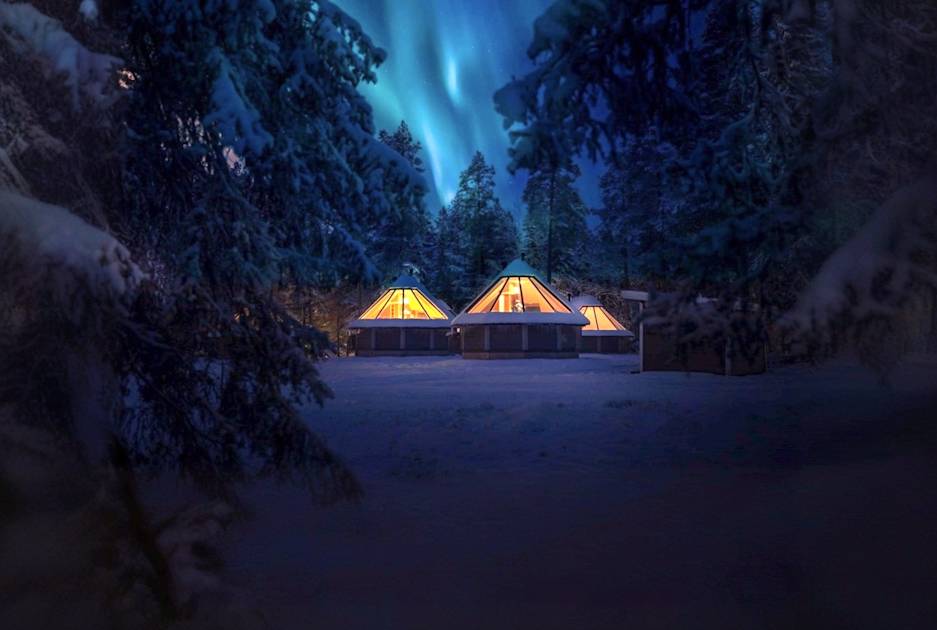
“There's an awful statistic now that in [in Europe and America] 99% of people are affected by light pollution, and something like 60% of Europeans, cannot behold the Milky Way. It's a shame, because it's one of the experiences of awe and wonder that's quite easy to facilitate as a guide and educator, but people aren't getting it for themselves. We're missing out on that lovely connective, immersive experience of the natural world. And a view, when we look up, that hasn't changed for billions of years. It's a true wilderness.
“It’s staggering, that sense of perspective. You get the sense of the smallness of everything and of yourself.”
5. Learn the Constellations - and Their Folklore
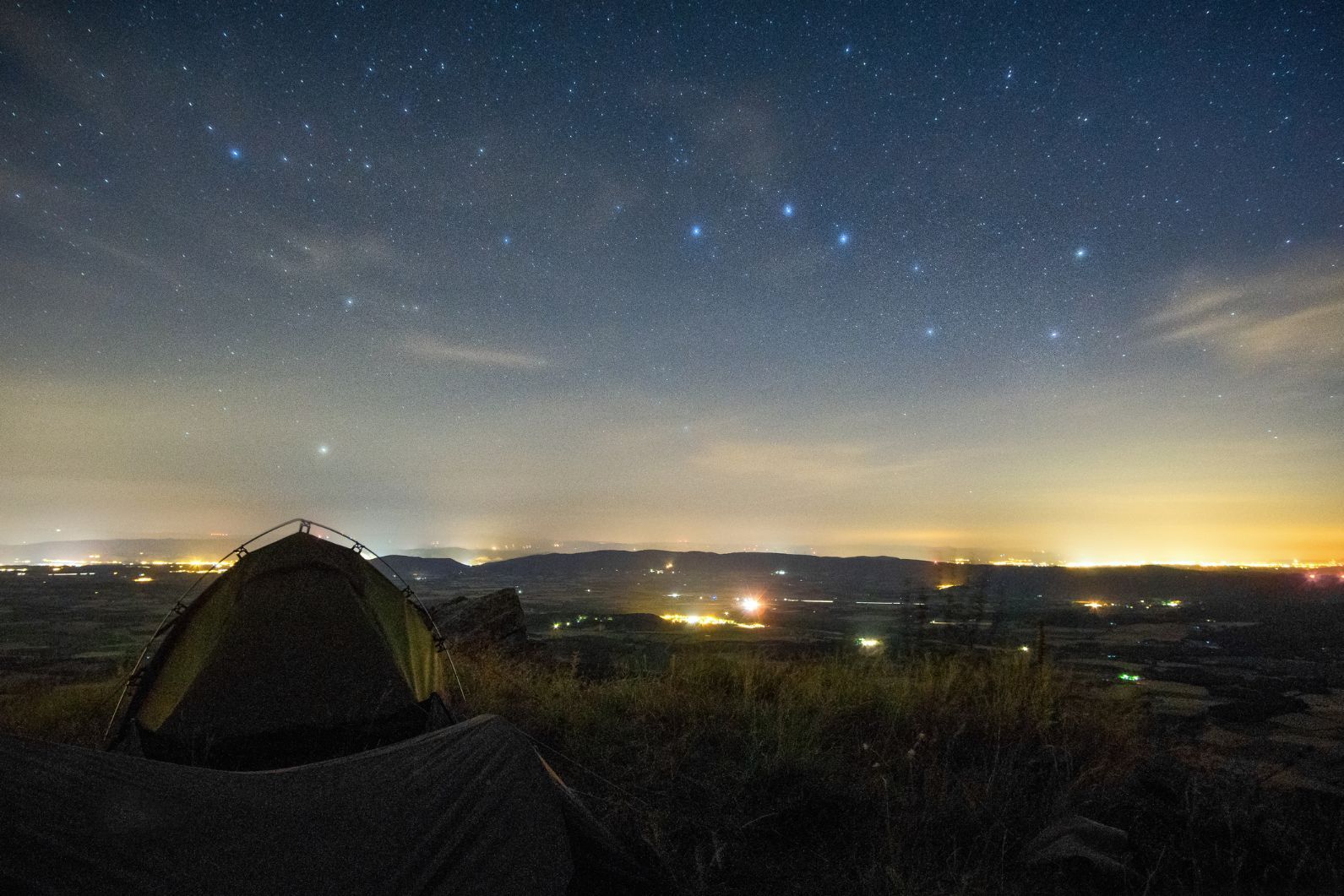
As with anything, the more you know about a topic, the more engaging it usually is. The same applies to our dark skies. “It’s not easy to make sense of it yourself,” says Chris. “Going out on any star-lit, guided walk or going out to an observatory - for things to be explained and pointed out to you - that's the easiest way. But there are endless tools online now and books that you can buy, that will charter and map the movement of the constellations.”
Naturally, the best place to start is with the simplest constellations.
“Look for Orion, a very familiar constellation - three stars in a belt,” Chris says. “Or find things like The Plough, which at this time of year is very visible. It’s also called the Big Dipper, or Ursa Major, the great bear, or look for Cassiopeia, the W, and then work up from there. And by all means learn a little about all these little stories they carry, because they've all got them, and for so long people have been gazing up and inventing and projecting their imaginations up onto these heavenly movements - from the Greeks to the Romans to the Arabs.”
Chris concludes: “If you're not there at night, and not watching the whole costume change that the night brings, you’re only having half the experience.”
Inspired? Check out our full range of big adventures now - far from light pollution and (weather permitting...) beneath starry skies!
This article contains affiliate links. Which basically means we make a little commission if you click through and buy something. It doesn’t cost you anything, and it just means we can do more good things in good places.

